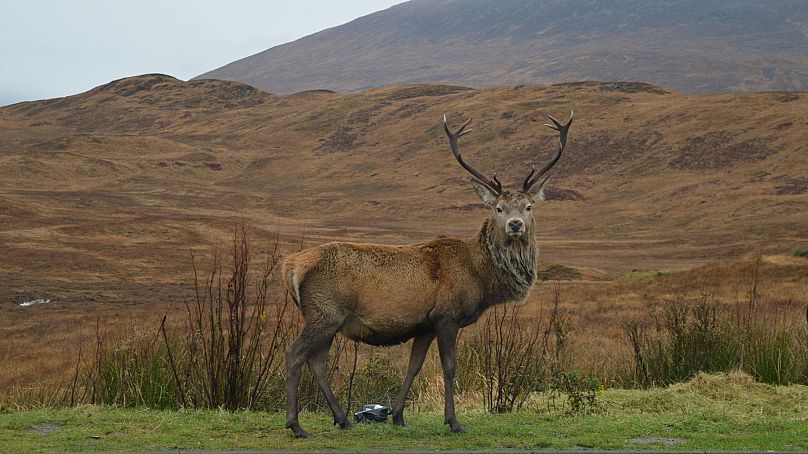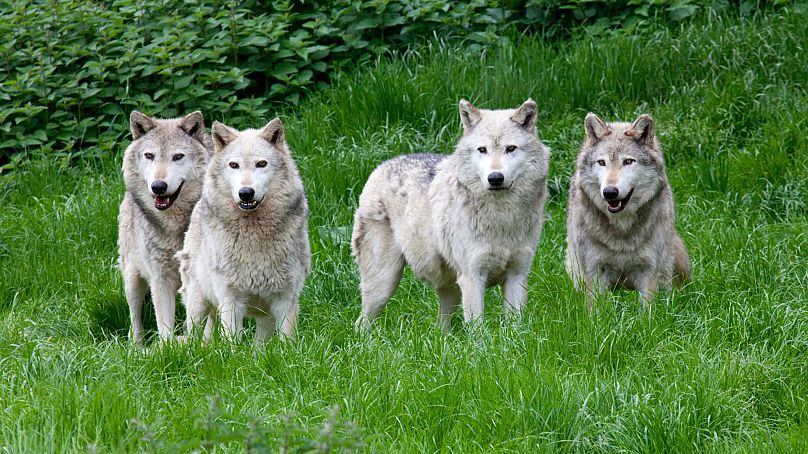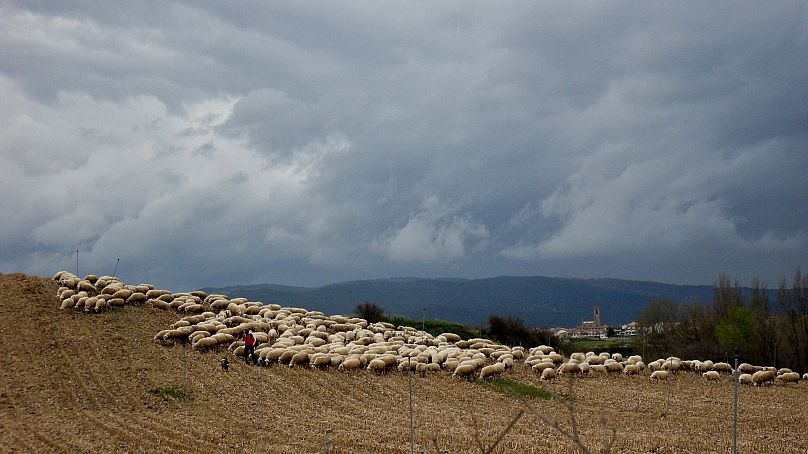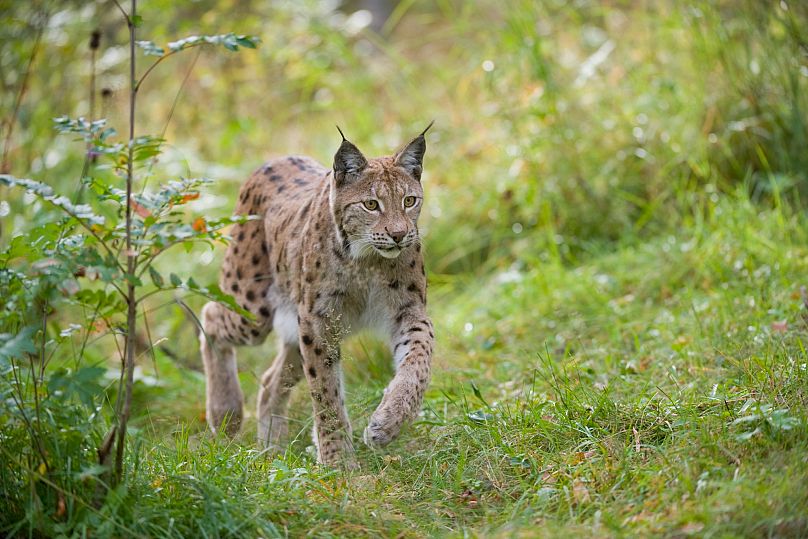Despite promising climate research, ‘wolves won’t be back in Scotland anytime soon’ say experts
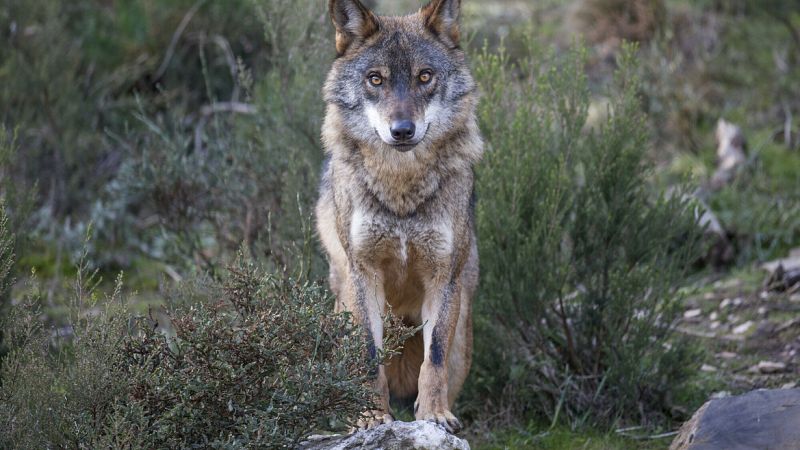
Reintroducing wolves to Scotland could help native woodland to expand and combat climate change, a new study by researchers at the University of Leeds concludes.
Central Europe has already seen several environmental success stories as wolf populations have “naturally recovered” without a formal reintroduction.
Wolves roamed freely around Britain for many centuries, as chronicled by Roman and later Saxon writers, but were hunted to extinction in Scotland around 250 years ago.
Despite this first-of-a-kind study, local rewilding charities in the UK are dubious that wolves are the best approach to mitigate carbon emissions, particularly with concerns over human conflict and the coexistence of predators and prey.
Richard Bunting, a spokesperson for UK rewilding charities Trees for Life and Rewilding Britain, says that the new study is “much-needed research”, particularly when looking at the “significant positive impact on woodland expansion and carbon storage”.
But, he adds, “substantial stakeholder and public engagement would be essential before any wolf reintroduction could be considered.”
Wolves would help expand native woodland by managing red deer populations
The recent University of Leeds study used a predator-prey model to determine the impact of reintroducing wolves to four areas classed as “Scottish Wild Land” in the Cairngorms and the Scottish Highlands. In these areas red deer eat tree saplings and, in turn, suppress the natural regeneration of woodland.
It’s the first time such a study, which was published in the journal Ecological Solutions and Evidence, has looked at how reintroducing wolves impacts woodland expansion and carbon storage in the UK.
Even with local management measurements, red deer in Scotland have flourished in the last century without any natural predators to keep their numbers in check. The current population is estimated to be around 400,000.
This has led to a long-term decline and loss of native woodland - just 4 per cent of Scotland is covered, which is one of the lowest figures in Europe.
The team found that the wolf population would naturally grow to 167 wolves, which in turn could control red deer populations to a level that would allow trees to regenerate naturally.
This would allow native woodland to expand to an area that could capture one million metric tonnes of CO2 each year. Storing this much carbon would meet about 5 per cent of the British woodland carbon removal target, recommended by the UK’s Climate Change Committee as necessary to reach net zero by 2050.
Based on the research team’s model, each wolf would be responsible for an annual carbon uptake capability of 6,080 metric tonnes of CO2, meaning under current carbon valuations, each wolf would be worth £154,000 (€185,231).
Climate and nature recovery go hand-in-hand says expert
The lead author of the report, Professor Dominick Spracklen from the University of Leeds' School of Earth and Environment, highlighted that “the climate and biodiversity crises cannot be managed in isolation.”
"We need to look at the potential role of natural processes such as the reintroduction of species to recover our degraded ecosystems and these in turn can deliver co-benefits for climate and nature recovery."
The study also mentions other benefits to reintroducing wolves, such as fewer deer-related traffic collisions, reducing the cost of deer culls, and less risk of Lyme disease.
One surprising benefit of recovering wolf populations in Europe is ecotourism. Spain now has a thriving wolf-watching tourism industry and accounts for 46 per cent of overnight stays in the mountain range of Sierra de la Culebra. There is also potential for this to happen in Scotland.
Europe has seen a dramatic wolf recovery in the last decade
Once the top predator species in Europe, wolves were hunted and persecuted to extinction in Western Europe. Small populations remained in areas of Italy, Poland, and Bulgaria.
Despite this Europe has seen a huge increase in its wolf population in recent years. This is not due to any official reintroduction, but rather a ‘natural recovery’, says Rewilding Europe.
In the 1990s, wolf hunting was banned in Poland. The native wolf population has grown over the last few decades, spreading west to areas of Germany and even the Netherlands, Denmark, and France.
The total wolf population is now increasing across Western Europe by about 25 per cent each year and is thought to exceed 12,000, occupying 67 per cent of their historical territory.
With more public acceptance of the predators, European legislation has also grown to protect them against poaching and exploitation. In a recent survey of 10,000 Europeans, 68 per cent of Europeans said that wolves should be strictly protected and 72 per cent agreed that they have a right to co-exist.
In addition to red deer, wolves also prey on roe deer, and to a lesser extent, wild boar and beavers.
However, while there are concerns that they prey on livestock in some situations, a 2018 study suggested that wolves kill around 31,000 livestock in Europe each year, mostly in areas where the availability of natural prey is low. EU data shows that wolves kill only about 50,000 of Europe's 68 million sheep and goats each year.
Wolves may not be the most suitable species for reintroduction to Scotland
The idea to reintroduce wolves to the Scottish Highlands first began in the late 1960s. It gained wider publicity after the successful reintroduction of both red wolf and grey wolf species into North American national parks in the late 1980s to mid-1990s.
However, most discussions around reintroducing apex predators to Scotland – and particularly wolves – come with many objections within rural communities, particularly from estate gamekeepers, livestock farmers, and deer stalkers.
There have also been concerns that wolves pose a danger to humans, yet in Europe, there have been just 11 non-fatal attacks during a period of 18 years. This is low in comparison to the 221 recorded cattle-related fatalities in Europe between 2000 and 2015, according to a study published in the Wilderness and Environmental Medicine journal.
A report by the Norwegian Institute for Nature Research suggests that the risks associated with a wolf attacking a human are "above zero, but far too low to calculate".
Lee Schofield, a co-author of the study, added, "Human-wildlife conflicts involving carnivores are common and must be addressed through public policies that account for people's attitudes for a reintroduction to be successful."
Rewilding supporters are also dubious about a formal reintroduction of wolves to Britain. Trees for Life and Rewilding Britain spokesperson Richard Bunting says, “Wolves could undoubtedly thrive in Scotland, which is one of a handful of European countries still lacking a large terrestrial mammal predator. But wolves won't be back anytime soon because first, we need to learn how to coexist with these animals again.”
Rather than focusing on wolves, Bunting suggests a less controversial apex predator, the reintroduction of the Eurasian lynx, which is being supported by the Lynx to Scotland project.
“A carefully managed lynx reintroduction – another ‘keystone species’ vital for maintaining healthy living systems – is increasingly doable.
“This would make Scotland’s natural world richer and stronger, providing wider benefits for nature restoration, climate resilience and economic prosperity. It would be a huge win for Scotland in the fight against extinction and be hugely popular.”


